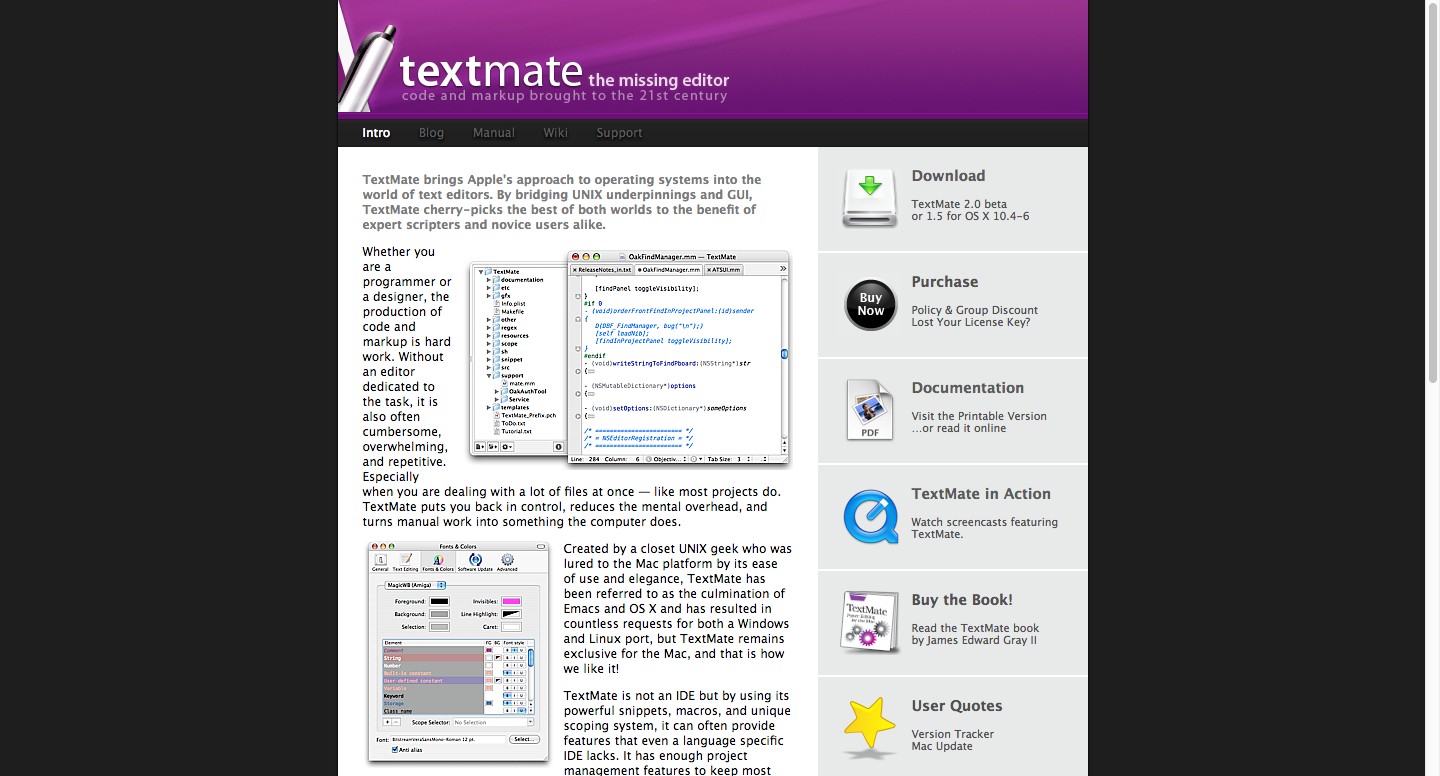

The shell command will have the TM_CURRENT_WORD environment variable available (as the word which needs to be completed) along with the other variables.įor example the C bundle has a custom completion command setup for when the caret is inside the preprocessor include directive, it looks like this: completionCommand = 'find "$TM_DIRECTORY" \ The other option is to set a custom shell command to gather the completions. This is an array of the candidates, e.g.: completions = ( 'retain', 'release', 'autorelease', 'description' ) For example the Objective-C bundle has a list of commonly used Cocoa framework methods. The first option is to provide a list of candidates which should always be suggested. Two possibilities exist for augmenting this default completion. The matches are sorted by distance from the caret, meaning candidates which are closer to the caret will be suggested before candidates farther away. It is also possible to cycle backwards using ⇧⎋. If there are multiple matches, you can cycle through these by pressing ⎋ continuously. It will complete the current word based on matches in the current document. TextMate has a simple yet effective completion function on ⎋ (escape). Move to the end of the line, insert a and then insert a newline. Then you will have ") to the right of the caret and can now use ⌘↩ to skip these two characters and insert a new line. Move to the end of the line and insert a newline. Two useful shortcuts in relation to auto-paired characters (defined as macros in the Source bundle and overridden for a few languages) are:
MARINO TEXTMATE CODE
For example, in source code an apostrophe is set up to have itself as a closing character, except for comments and strings. The actual character pairs are defined in the bundle preferences with different settings for different languages and contexts. For example if you type foo, select it and type ( then TextMate will make it (foo) placing the caret after the ending parentheses. It is also possible to wrap a selection in an open/close character by selecting text and typing the opening character. If you only want to delete the auto-inserted character, use forward delete instead (⌦). If you type an opening character and then delete it using backward delete (⌫) then the auto-inserted character will also be deleted. If you type the closing character TextMate is smart enough to overwrite the auto-inserted one. To help you keep these characters balanced, TextMate will insert the appropriate closing character after the caret when you type the opening one. For example in a programming language you rarely type an opening brace ( ). When writing structured text (like markup or source code) there are characters which go together in pairs. Some of the extra features related to text editing are covered in this section. TextMate tries for the most part to mimic the behavior of the NSTextView system component, as used by applications such as Mail, Safari and basically all other Cocoa applications.


 0 kommentar(er)
0 kommentar(er)
